1. The Monowheel
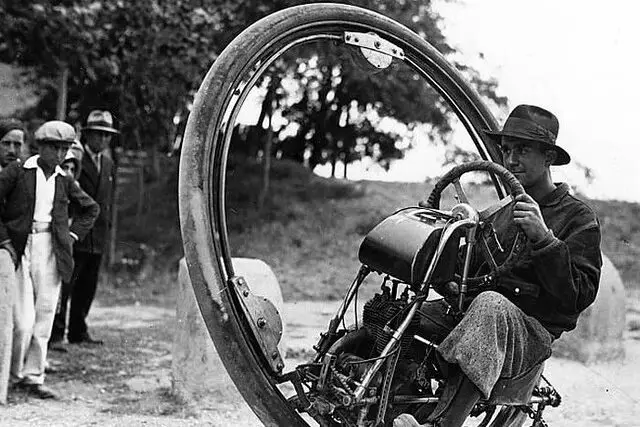
The monowheel looked like something straight out of a science fiction novel, and at the time, it kind of was. Imagine riding inside a single giant wheel while it rolled around you—yep, that was the idea. Inventors in the early 1900s thought this would be the future of personal transportation. It was compact, it was fast, and it was totally bizarre to watch in motion shares WIRED.
But steering it was nearly impossible, and the rider often had little control once it got going. People quickly realized the danger outweighed the novelty. As motorcycles got sleeker and safer, the monowheel quietly rolled out of the spotlight. Still, it’s hard not to admire the boldness behind the design adds Wikipedia.
2. Pneumatic Tube Transportation
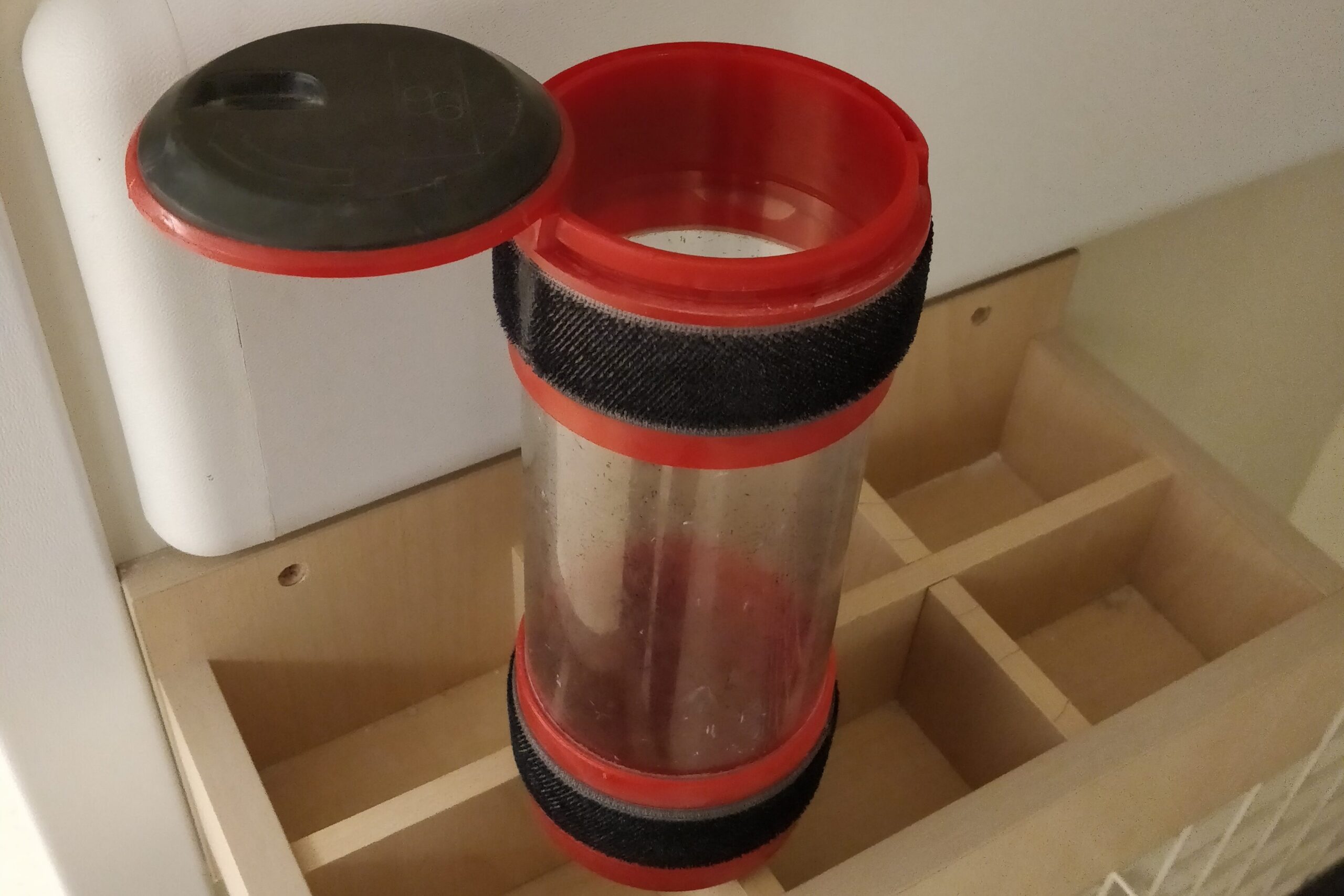
We all know those little vacuum tubes used at bank drive-thrus, but the early 1900s had bigger dreams for them. The idea was to create full-size pneumatic trains that could whisk people around cities at unheard-of speeds. It was clean, efficient, and way ahead of its time shares BBC Science Focused Magazine.
But the logistics were a nightmare. Sealing the tunnels properly and maintaining enough pressure to move an entire train wasn’t exactly easy back then. The dream sputtered out as regular rail and subway systems took off instead. Today, Elon Musk’s Hyperloop feels a bit like déjà vu adds the MIT Technology Review.
3. The Baby Cage
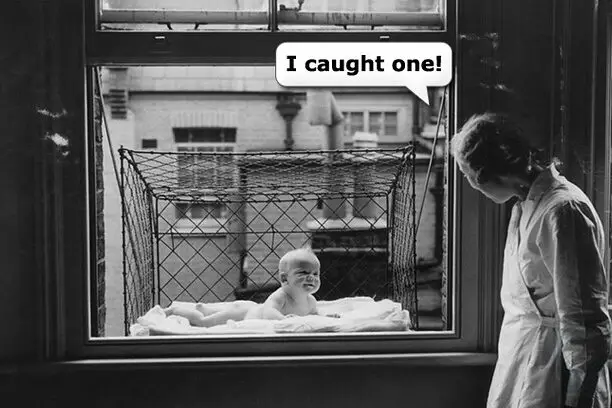
This one sounds like a joke, but it’s 100% real. In the 1920s and ’30s, some city-dwellers dangled wire cages out of their windows so babies could nap “in the fresh air.” These cages were often several stories above the ground, just hanging there like a bird feeder for toddlers.
The idea came from a belief that fresh air and sunlight were vital for a child’s health, especially in cramped city apartments. While the intention was good, the execution was… questionable. Unsurprisingly, they didn’t catch on for long. Most parents eventually opted for safer options—like, you know, parks.
4. The Electropathic Belt
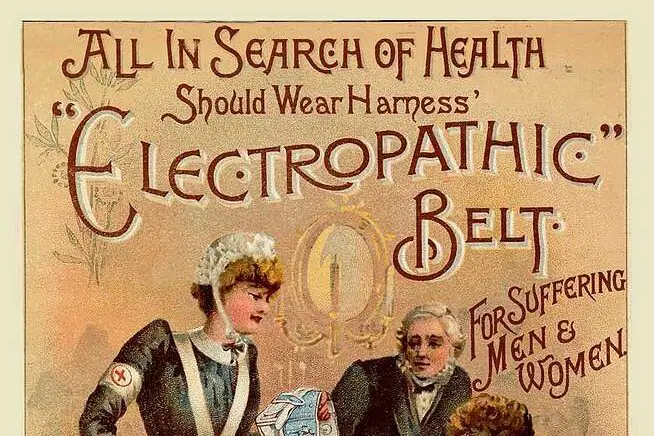
Before the age of modern medicine, strange gadgets promised miracle cures. The Electropathic Belt claimed to treat everything from back pain to anxiety by pulsing low-voltage electricity into your body. Think of it as the FitBit’s weird great-grandfather with serious snake-oil energy.
It was marketed with glowing testimonials and flashy ads, convincing many it could replace actual medical care. But science caught up quickly and revealed that the belt was more gimmick than cure. Once actual medical research improved, gadgets like this were left to gather dust. Still, it’s a fascinating reminder of how desperate people were for better health solutions.
5. The Airplane House

People were so fascinated by aviation in the early 1900s that some thought the future of homes would take to the skies. Enter the airplane house—an oddly-shaped dwelling inspired by plane designs, with rounded rooms and “wings” that served as porches. They were quirky, modern, and definitely a conversation starter.
Unfortunately, they weren’t very practical. The odd shapes made furniture arrangement awkward, and insulation was a nightmare. Most people chose charm and comfort over novelty. Today, only a few examples remain, mostly as roadside attractions or museums.
6. The Teasmade
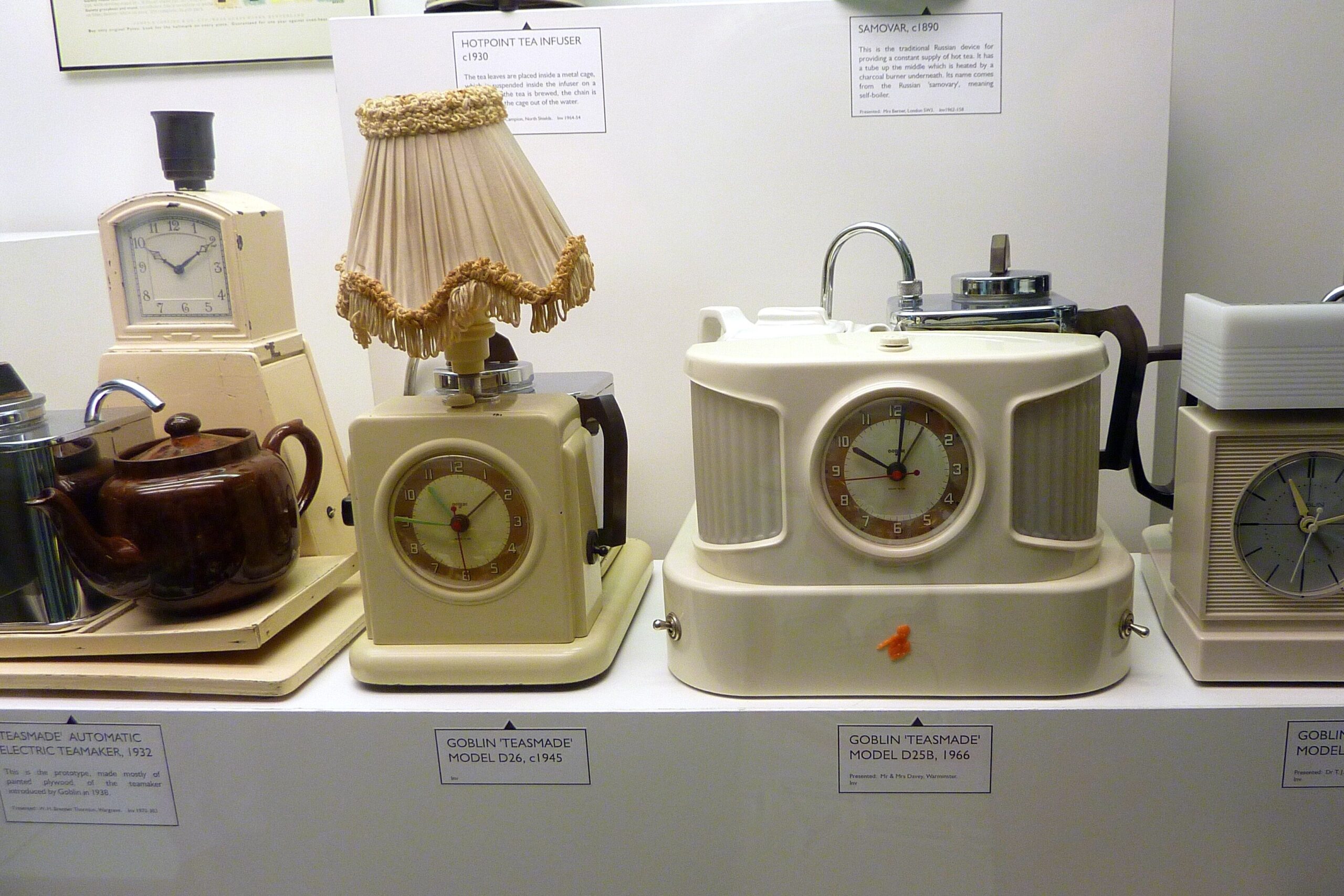
British households in the early 20th century got a little obsessed with the idea of having tea ready the moment they woke up. The Teasmade was a clock-radio-tea-kettle hybrid that automatically brewed your morning cuppa before you even opened your eyes. It was a combination of convenience and ritual.
It gained popularity for a while, but it was noisy, prone to spills, and not always reliable. As electric kettles and coffee makers improved, the Teasmade lost its place. Some retro fans still collect them today, but for most, it remains a charming relic of a time when tea ruled the morning.
7. The Pedal-Powered Washing Machine
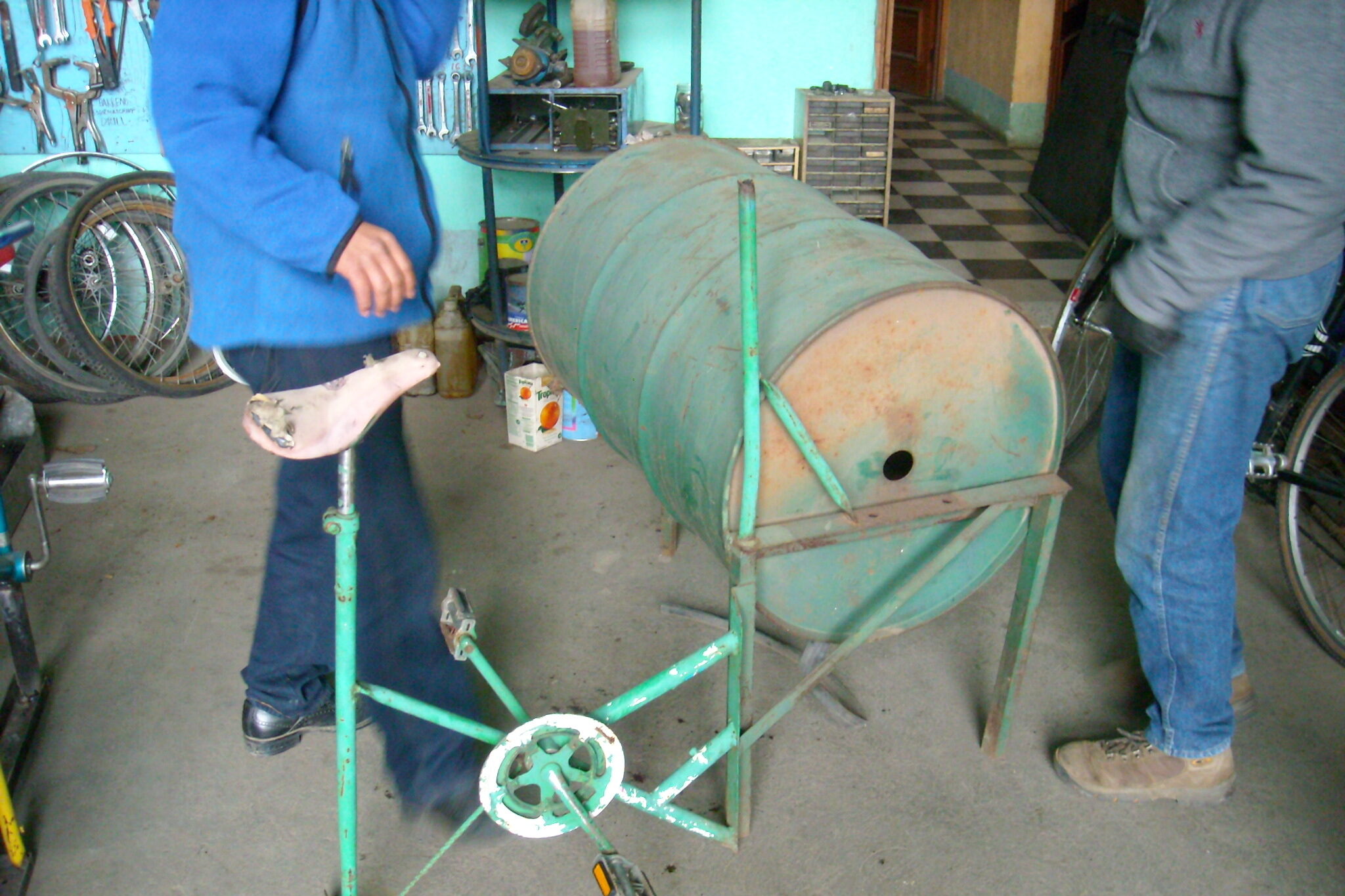
In the age before reliable electricity, people had to get creative. One invention that promised to change home life was the pedal-powered washing machine. You’d hop on and cycle your way through a load of laundry—basically getting exercise while you cleaned your clothes.
It seemed like a brilliant two-in-one solution, but the reality was far more exhausting than expected. The machines were clunky, didn’t wash thoroughly, and took way too much effort. When electric models became more affordable, people left the laundry workouts behind. Still, it speaks to the endless ingenuity of early 20th-century homemakers.
8. The Autoped
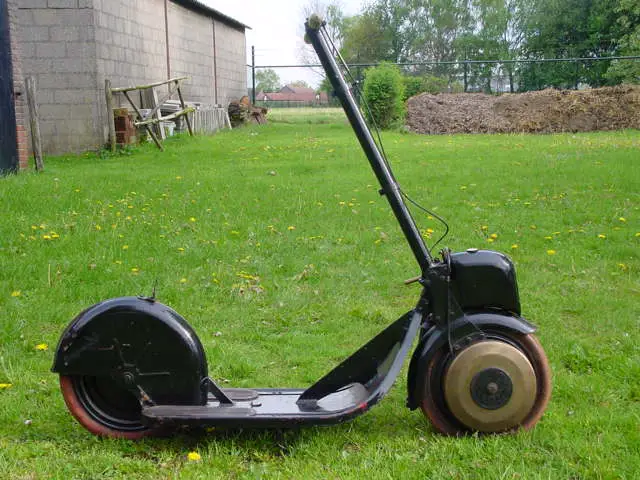
Long before electric scooters took over city streets, there was the Autoped. Introduced in the 1910s, this was a gasoline-powered scooter meant to make quick urban travel easier. It was surprisingly compact and even marketed to women as a stylish alternative to walking or biking.
While it was a hit for a short time, safety concerns and the loud motor made it less than ideal. Eventually, it faded as cars and motorcycles became more popular. But if you squint at a modern e-scooter, you can definitely see the Autoped’s DNA in there.
9. The Solar Engine
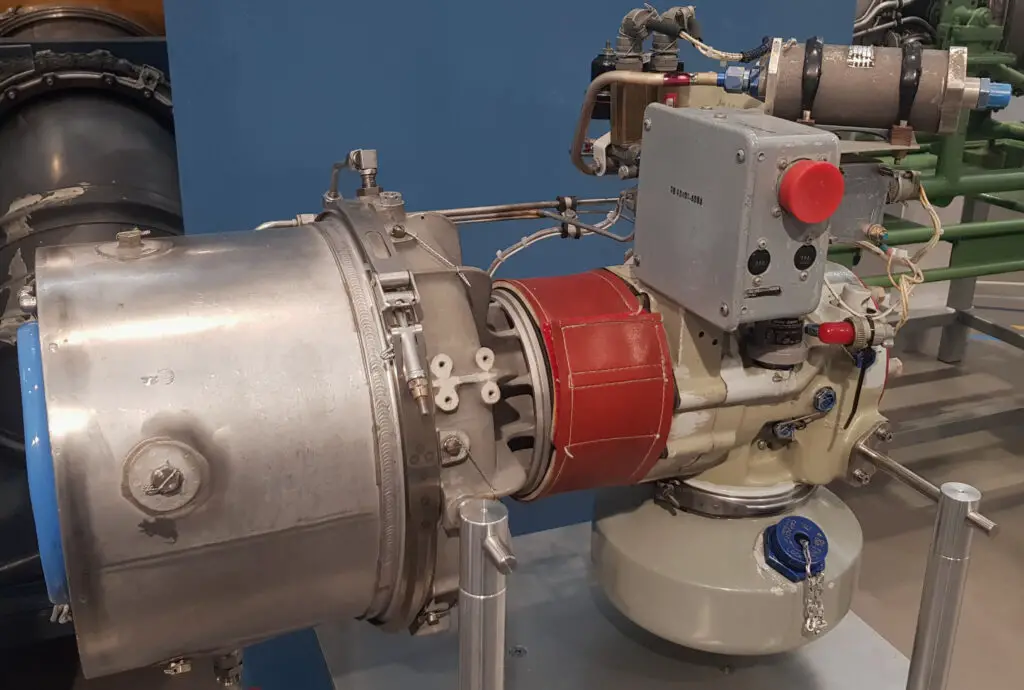
Yes, solar energy has been around longer than most of us think. In the early 1900s, inventors experimented with solar engines that could pump water, power tools, and even run printing presses. The idea of free energy from the sun felt revolutionary.
But the materials weren’t efficient, and fossil fuels were cheaper and more convenient. So while the solar engine was a noble effort, it got shelved for nearly a century. Now, with climate change in the spotlight, it’s making a comeback—but its roots go back way further than many realize.
10. The Mechanical Horse
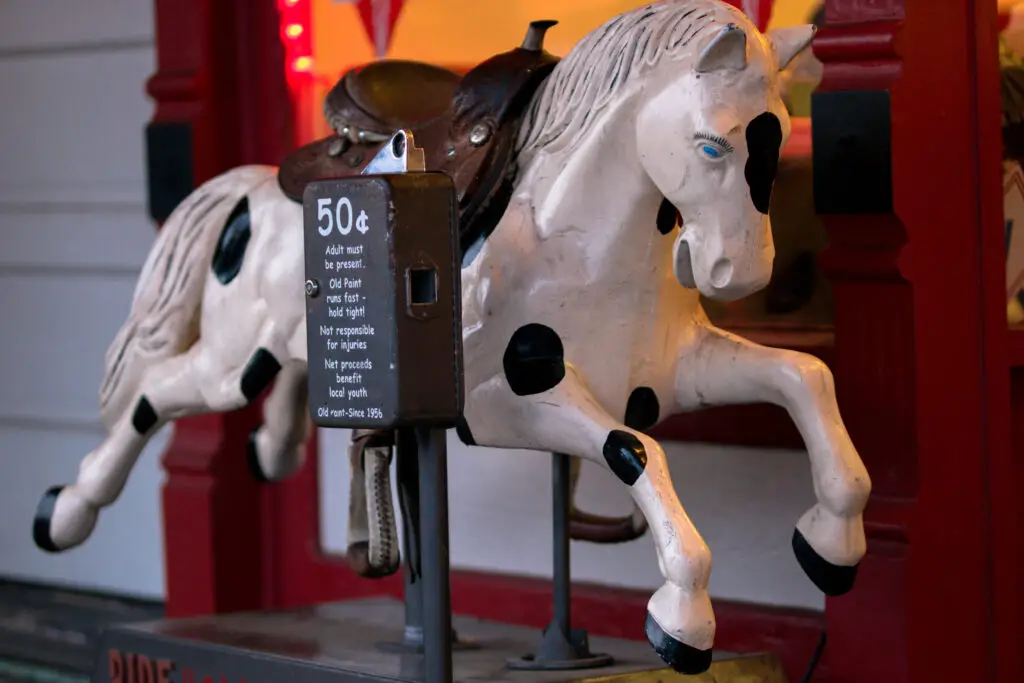
During World War I, inventors looked for ways to replace actual horses on the battlefield. One answer? A bizarre, clunky invention known as the mechanical horse. It was supposed to mimic the movement of a real animal while carrying heavy loads or wounded soldiers across rough terrain.
The problem was, it barely worked. It was noisy, slow, and often broke down under pressure—something an actual horse rarely did. The military quickly abandoned the idea, but the effort shows how desperate they were to modernize war. Today, it’s mostly remembered as a quirky footnote in the march of military tech.
11. The Anti-Gas Fan
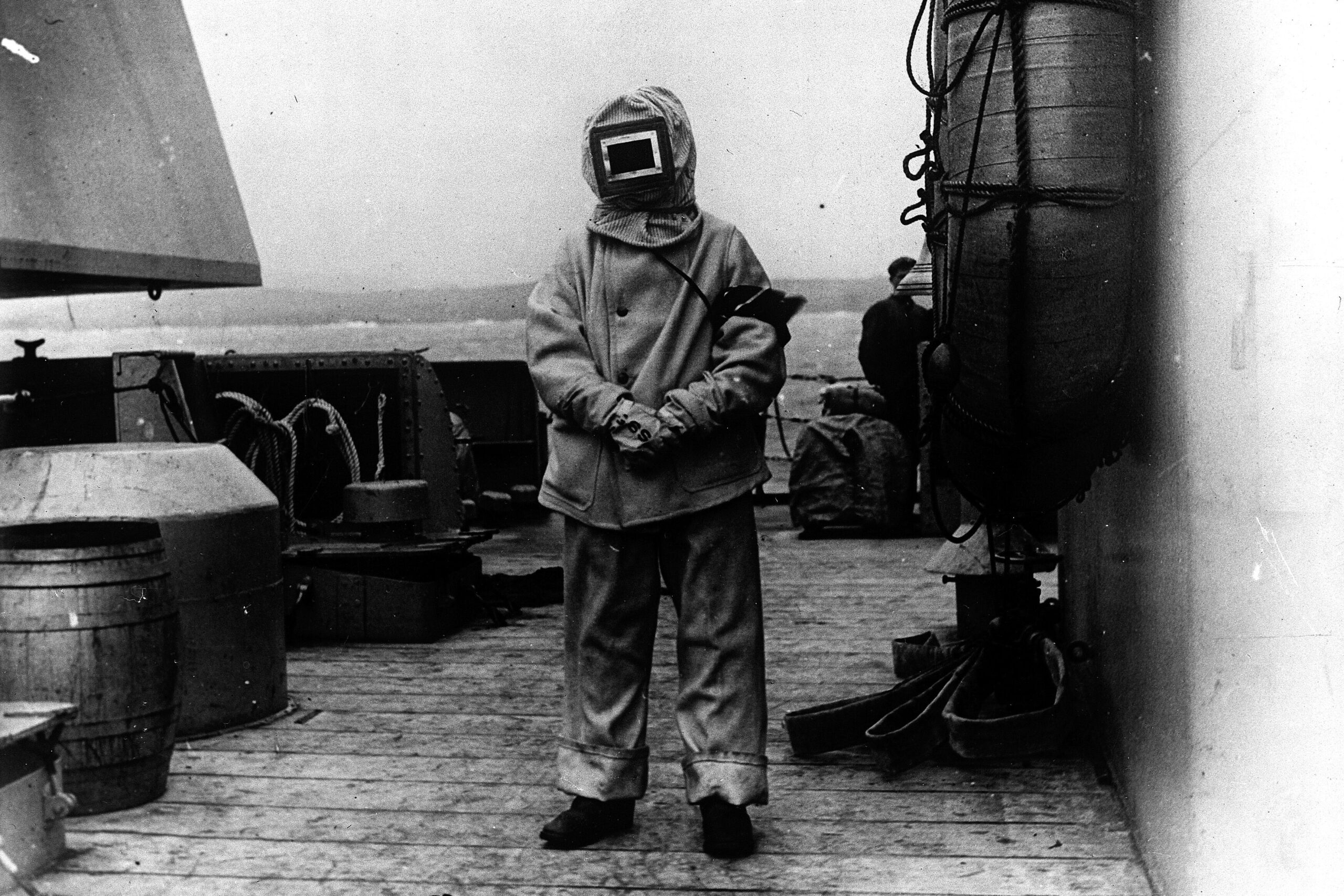
Chemical warfare was a terrifying reality in the early 20th century, and people scrambled for ways to protect themselves. One invention that gained traction for a short while was the anti-gas fan. It was a hand-cranked device that supposedly cleared poison gas from your immediate area.
In theory, it made sense—but in practice, it was laughably ineffective. Gas masks and shelters were far more reliable. The fan quickly became obsolete, but it remains a chilling reminder of the fear people lived with during wartime. You can still find them in military museums as a kind of grim curiosity.
12. The Heliochronometer
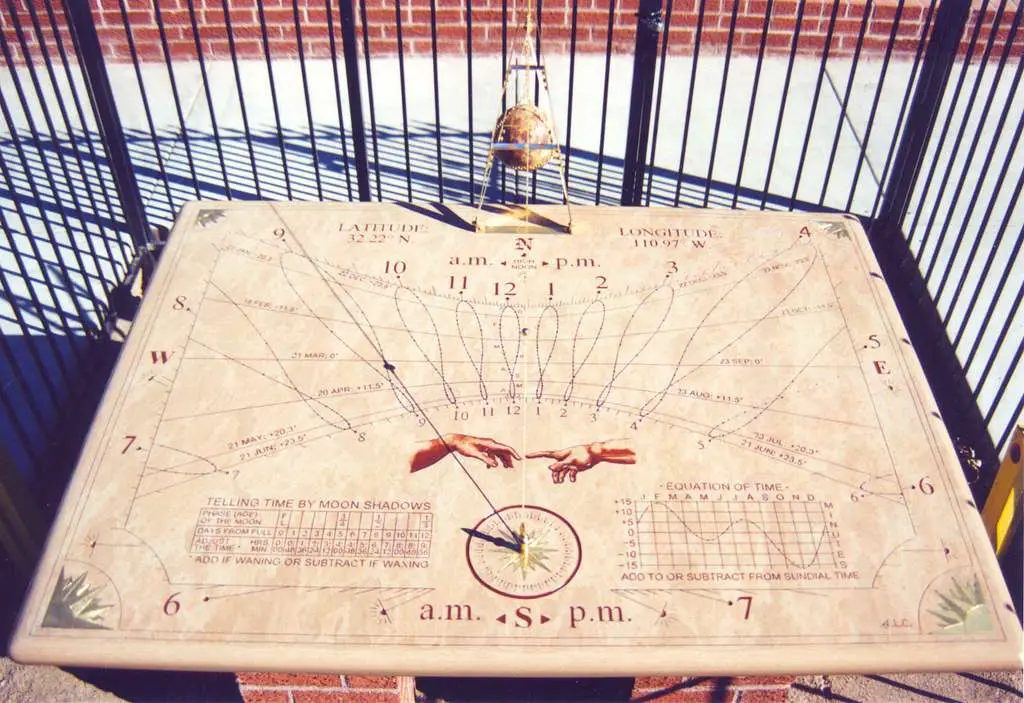
Long before smartphones or even quartz watches, people needed precise ways to tell time. Enter the heliochronometer, a sun-powered device that used shadows and mathematics to provide incredibly accurate readings. It was like a sundial on steroids and was even used in observatories.
The problem? You needed a clear sky and a good understanding of latitude and solar movement. As mechanical clocks improved, heliochronometers faded into obscurity. But their precision and craftsmanship are still admired by collectors and historians. They were a beautiful blend of art, science, and patience.
13. The Laryngophone
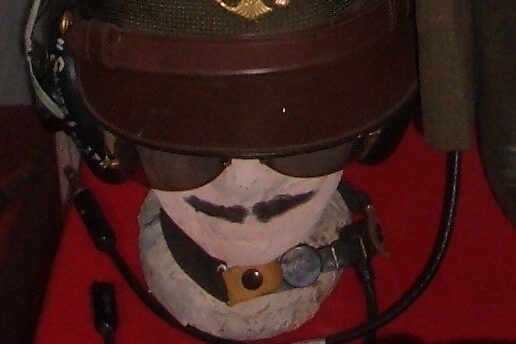
In a world before noise-canceling tech, communication in loud environments was a major problem. The laryngophone, developed in the early 1900s, picked up vibrations directly from the throat instead of using a traditional microphone. It was used in military operations, air traffic control, and even by early phone operators.
Though it worked well in certain settings, it wasn’t comfortable or user-friendly for everyday communication. Better microphones eventually made it unnecessary. But it paved the way for modern voice tech used in everything from aviation headsets to underwater communication. Not bad for something that started as a weird little neck strap.
